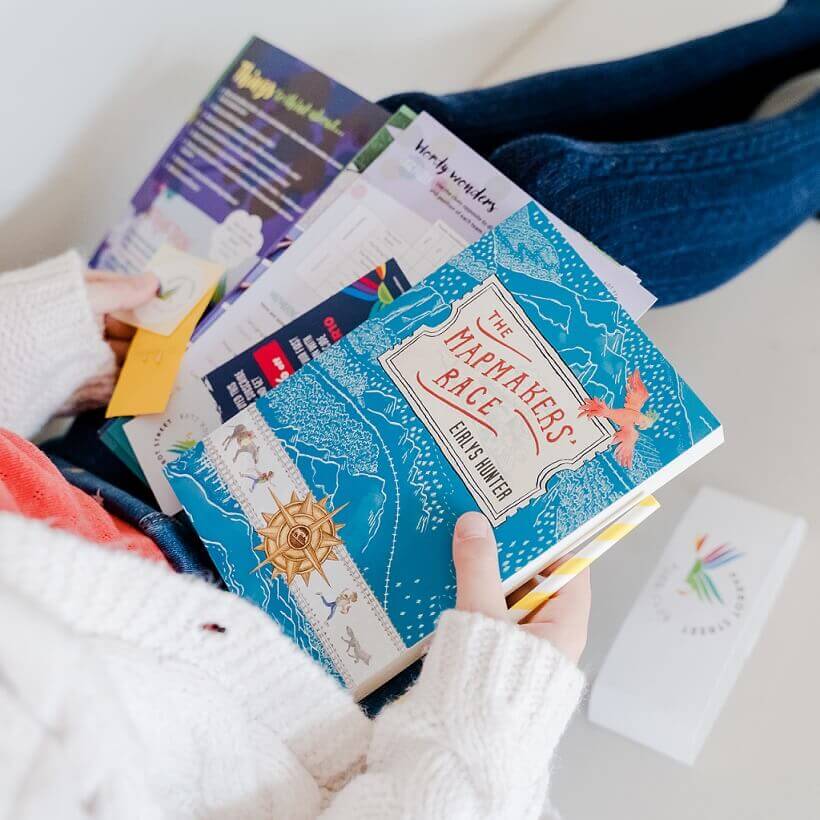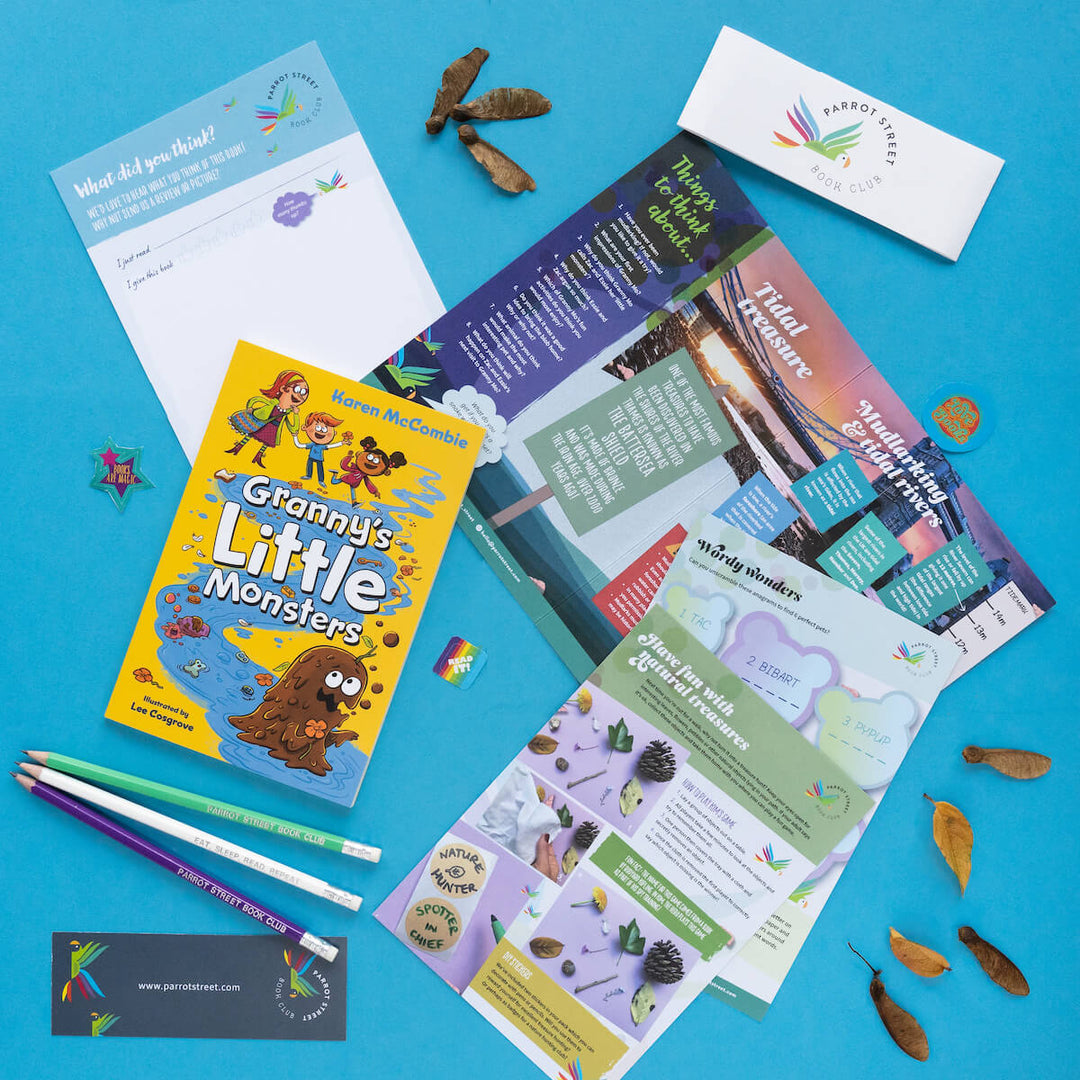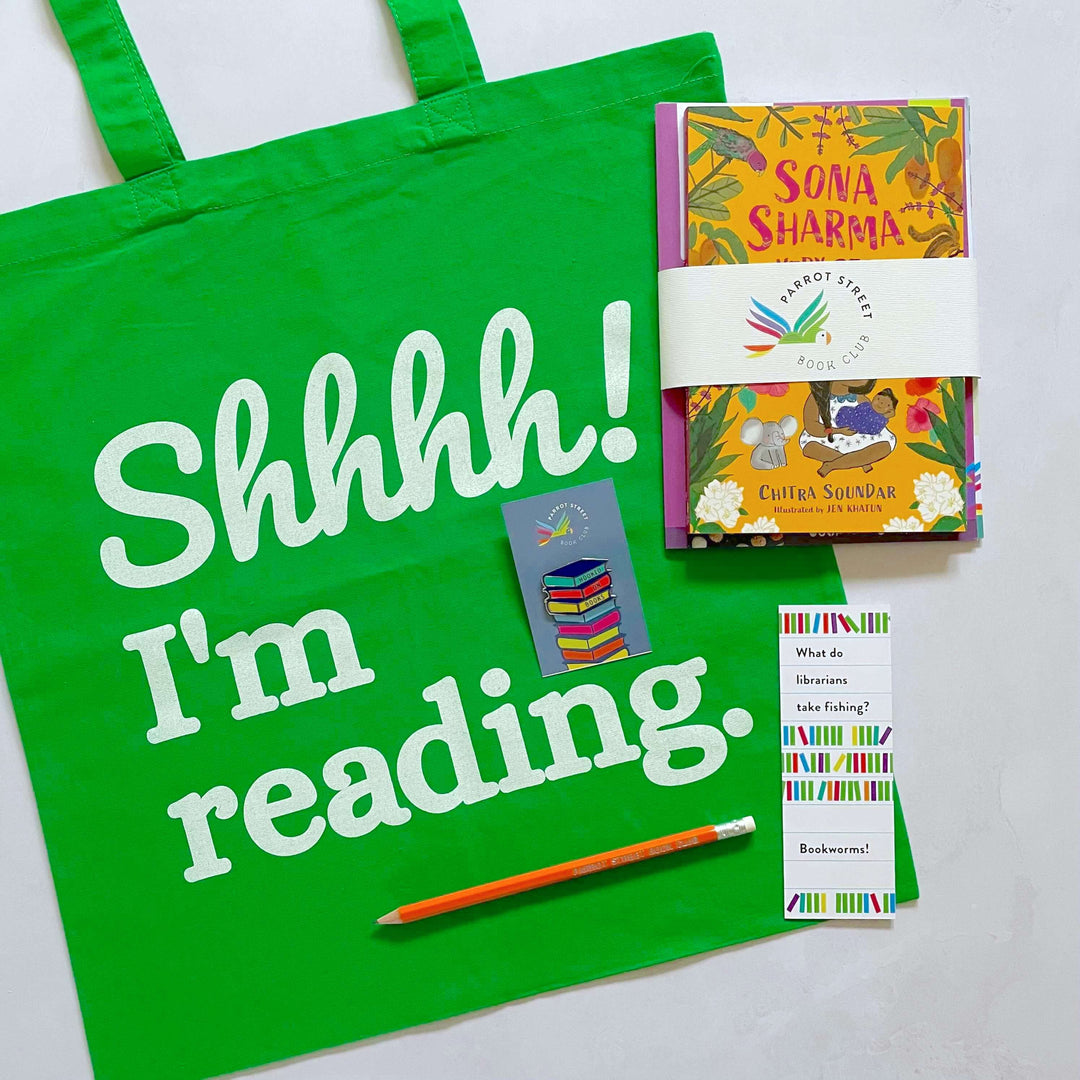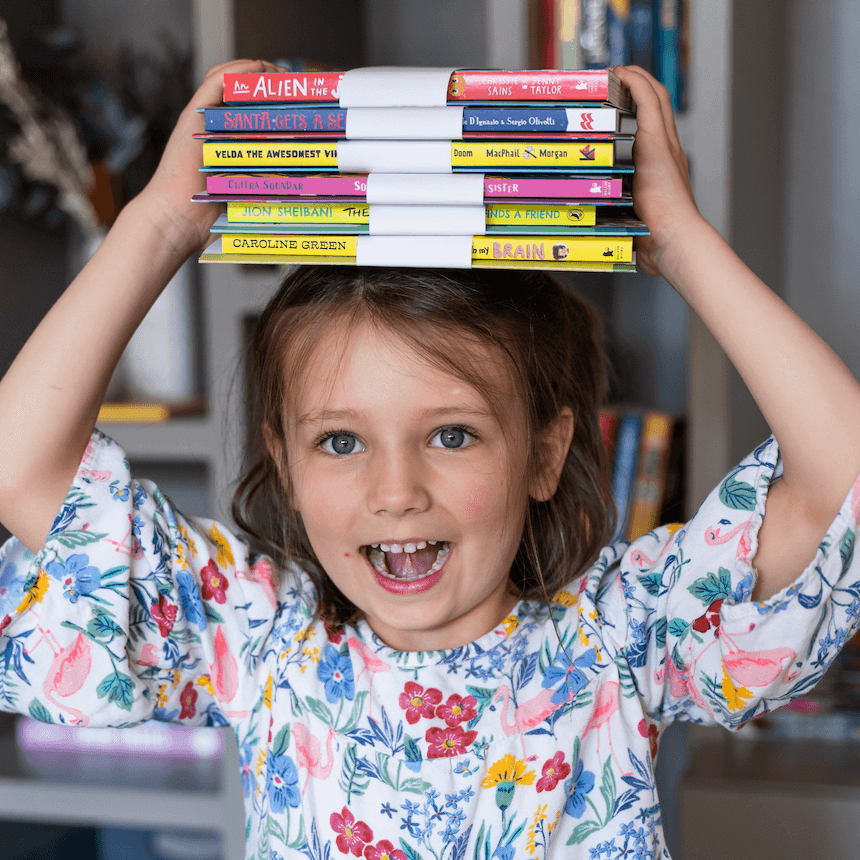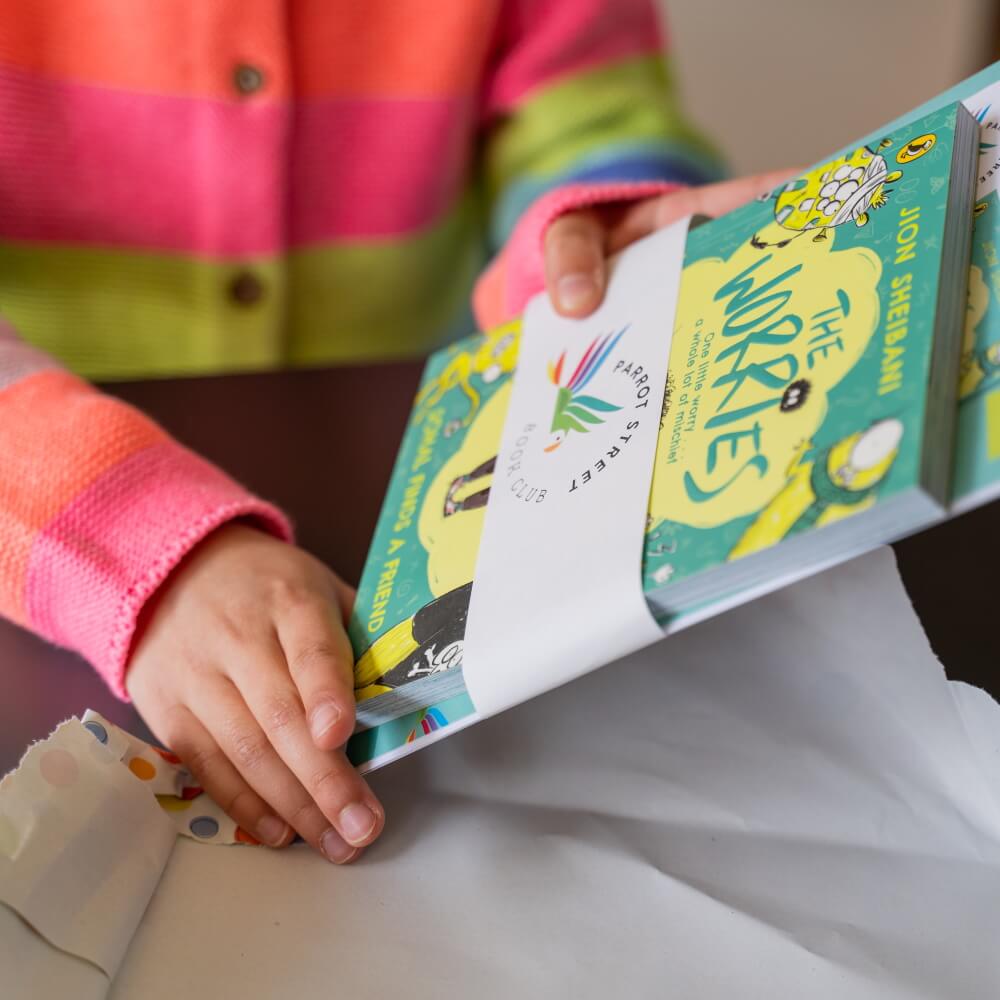Polly Ho-Yen on How I Saved the World in a Week and her favourite adventure books for kids

I'm not sure we're going to find a more eye-catching title this year, and it's only January! Our Cockatoo book for this month is How I Saved the World in a Week by Polly Ho-Yen and it’s just as exciting and dramatic as it sounds. Survival skills, zombies, a mysterious virus, an epic road trip and kids saving the world - this book has it all! We are huge fans of Polly’s books and were delighted to have the chance to ask her more about what inspired Billy’s story.
What inspired you to write How I Saved the World in a Week?
My young readers always inspire me. When I first started writing, I was working in a primary school and had my own class. Nowadays, I don’t get to work with students in the same way but I’m often in schools, running writing workshops and meeting readers. I’m always inspired by the resilience, tenacity and energy of the kids that I meet – all of them in some way contribute to me thinking about fictional characters and really it was the creation of Billy and his situation which spurred me to write How I Saved the World in a Week.
What do you think is the most important rule for survival?
I think it’s all about help from others – being open to accepting help from others and also reaching out to help others when you can.
Are any of the characters or their experiences inspired by real people or events?
All of my characters and experiences are in part inspired by real people but often it’s just bits and pieces of people that my brain composts down to form someone who is entirely new and then it imagines what might be happening in their life. For How I Saved the World in a Week, it’s not just one person or a single experience but I suppose I was thinking a lot about the relationships children have with their parents and was inspired in part by the parents and children that I know – although I don’t actually know a Billy, Sylvia or Steve!
What research did you do for the book and did you learn anything that surprised you?
I went to the woods a lot when I was writing How I Saved the World in a Week and I also watched a lot of YouTube videos of people showing different survival skills. I had a few survival guides that I used and kept re-reading, which were tremendously helpful. I think what I learnt that surprised me the most was about how much you could fit into a pocket survival kit and how helpful that small collection of things could be to you if you were in a survival situation. I also got really interested in heliographs, devices that you can use to reflect the sun’s light to signal or attract attention – but they could just be a mirror or something shiny. I loved that these simple things could be used to ultimately save your or someone else’s life and the innate ingenuity within this thinking.
Why did you choose to write books for this age group?
It’s more like I can’t stop myself from writing books for this age group! I suppose that I’m drawn to writing protagonists who are of this age perhaps because I feel that I’ve never grown up much from that age myself. And I love a character at that age can have some independence but is still working things out. There’s still a place for wonder and adventure and thrills. I don’t think other age groups lose this really, but it’s just felt much more keenly in this age bracket. I also love the inventiveness and freedom this age of reading audience kindly grants me. The book I’m writing at the moment The Day No One Woke Up is letting me follow through a hugely exciting but kind of crazy story idea – ultimately, that’s just massively enjoyable to do and so it’s no wonder I continue to write for this readership.
Do you have a favourite place to write?
I have a number of favourite places to write. I had a room that I wrote a lot in at the front of my house that I liked a lot, and where I wrote all of the book I’m currently working on, The Day No One Woke Up, but a friend’s come to stay with us long term and so I’ve had to move out. But over the years I’ve written in an odd assortment of places. What’s important is that it’s anywhere I can get some privacy and headspace. So right now, I’m writing in a collection of places – a public library or on a train or in a café – even in my bathroom while everyone is sleeping and I’m trying to be quiet! So it’s not just one place but more about carving out the space in a place I happen to be in.
What was your favourite book as a child?
It’s impossible to give you one answer for this. A few that I remember re-reading a lot were The Diddakoi by Rumer Godden, A Dog So Small by Philippa Pearce and The Hundred and One Dalmatians by Dodie Smith. There were many, many others of course. I like to think of it more as a library of books that I carry inside me.
What other adventure books for kids would you recommend our subscribers read next?
I’m just in the middle of Onyeka and the Academy of the Sun by Tolà Okogwu which will be out in June 2022 and is just terrific. I really love so many authors’ work – Nicola Skinner’s books are so much fun, Jasbinder Bilan’s stories are glorious, you obviously can’t go wrong with Katherine Rundell, Abi Elphinstone is magic, Nicola Penfold’s books I love . . . I could go on and on.
Copies of How I Saved the World in a Week along with our bespoke activity pack are now available for individual purchase here. Grab a copy while stocks last!
This post includes affiliate links to our bookshop.org page, meaning we receive a small percentage of the sale should you purchase through them. Additionally, a percentage from all sales on the platform goes directly to local UK bookshops which is an initiative we're delighted to support!
JOIN OUR EMAIL LIST
Children's book news straight to your inbox
We love sharing product updates, book recommendations, children's activity ideas and special offers via email.





